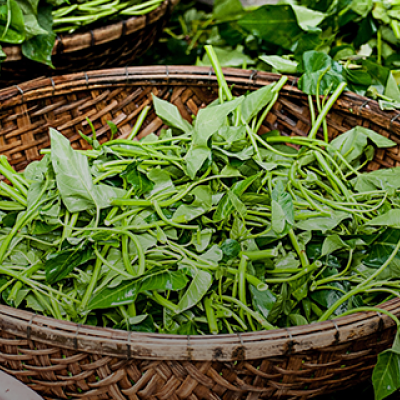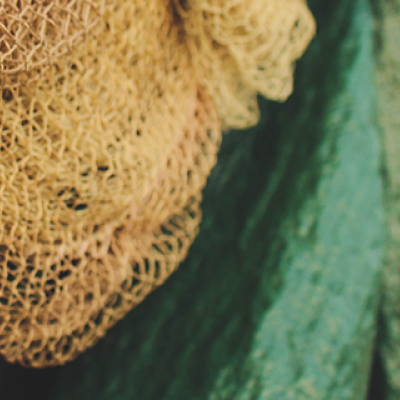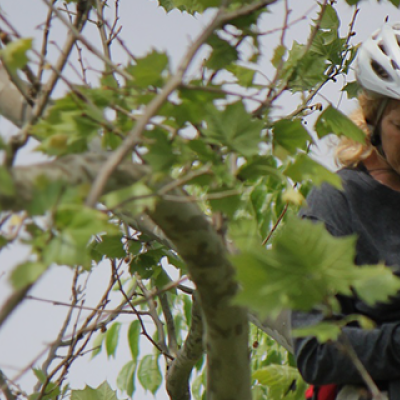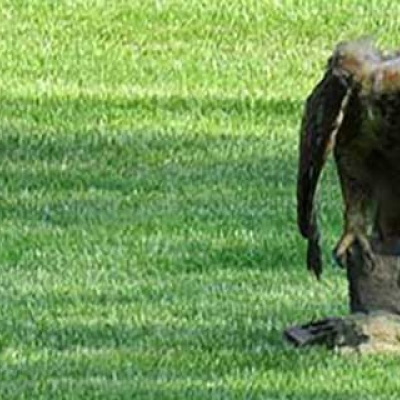In fall, about 21 mammal and bird species worldwide, mostly in northern regions, change their coat or plumage colors from brown to white. White provides camouflage against predators as snow covers the landscape in winter. In spring, these same animals shed their white colors and return to brown, which provides similar camouflage when next to the brown leaf litter on the ground. Some animals can turn white and some remain brown year round.










